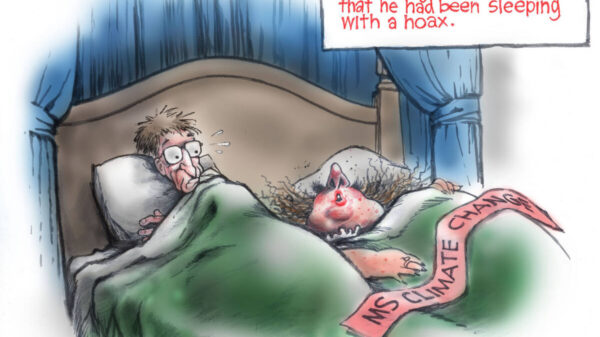The Trump administration announced plans to address rising autism rates, which include a controversial new safety label on products containing acetaminophen, such as Tylenol. Health and Human Services Secretary Robert F. Kennedy Jr. stated that officials would rigorously investigate the connection between vaccines and autism, despite a strong consensus among experts that this link has been discredited.
Kennedy’s comments come as he continues to advocate for a deeper examination of the factors contributing to the increase in autism diagnoses among children in the United States. The prevalence of autism spectrum disorder (ASD) has surged dramatically, with the U.S. Centers for Disease Control and Prevention reporting that rates have risen from 1 in 150 8-year-olds in 2000 to 1 in 31 in 2022.
While Kennedy acknowledges this increase, he posits that it cannot solely be attributed to improved diagnostic practices and changes in criteria. “One of the things that I think we need to move away from today is this ideology that … the autism prevalence increase, the relentless increases, are simply artifacts of better diagnoses,” he stated in April.
Understanding the Rise in Autism Diagnoses
Experts emphasize that understanding the rise in autism diagnoses requires a recognition of two key factors. First, the definition of autism has broadened significantly over the decades, now including a wider array of behaviors. Second, increased awareness and screening efforts have led to more children being identified as autistic.
The term “autism” first appeared in the scientific literature during World War II, when two psychiatrists independently used the term to describe overlapping sets of behaviors in children. Austrian pediatrician Hans Asperger and U.S. psychiatrist Leo Kanner defined autism based on distinct social behaviors and communication challenges. Over the years, the diagnostic criteria have evolved, leading to a more inclusive understanding of autism.
In 1980, autism was officially recognized as a unique diagnosis in the third edition of the Diagnostic and Statistical Manual of Mental Disorders (DSM). Subsequent revisions have expanded the criteria further. The American Academy of Pediatrics recommended universal autism screening for children aged 18 to 24 months in 2007, leading to earlier and more consistent diagnoses.
Shifts in Demographics and Understanding
Recent data indicates a shift in autism diagnoses across racial and ethnic lines. For the first time, a CDC survey revealed a higher prevalence of autism among children of color compared to white children. Specifically, the rates were reported at 3.66% for Black children, 3.82% for Asian children, and 3.30% for Latino children, compared to 2.77% for white children.
This shift may reflect greater awareness and improved diagnostic practices in historically underserved communities. Shanter Alexander, an assistant professor at Howard University, noted that children of color had often been misdiagnosed with other conditions, such as intellectual disabilities or behavioral disorders.
The current understanding of autism encompasses a wide range of abilities and experiences. Some individuals diagnosed with autism lead professional lives, while others may require significant support. A study published in the Journal of the American Medical Association reported a 450% increase in diagnoses among U.S. adults aged 26 to 34 between 2011 and 2022.
Kennedy’s assertion that “most cases now are severe” is contradicted by findings indicating that only about 26.7% of 8-year-olds diagnosed with autism exhibit profound challenges. The rate of children with severe autism has remained stable since the CDC began tracking this data.
Mixed reactions emerged among researchers and advocates regarding the administration’s focus on autism. While many have long sought increased attention and funding for autism-related issues, they express concern over the administration’s promotion of misinformation. Colin Killick, executive director of the Autistic Self Advocacy Network, criticized the framing of autism as an epidemic, emphasizing that the increase in diagnoses is largely a result of broader criteria and improved awareness.
Killick urged the administration to focus on evidence-based policies that would benefit the autistic community rather than perpetuating myths about an autism epidemic.
This article has been developed with support from the USC Annenberg Center for Health Journalism’s National Fellowship Kristy Hammam Fund for Health Journalism.







































































